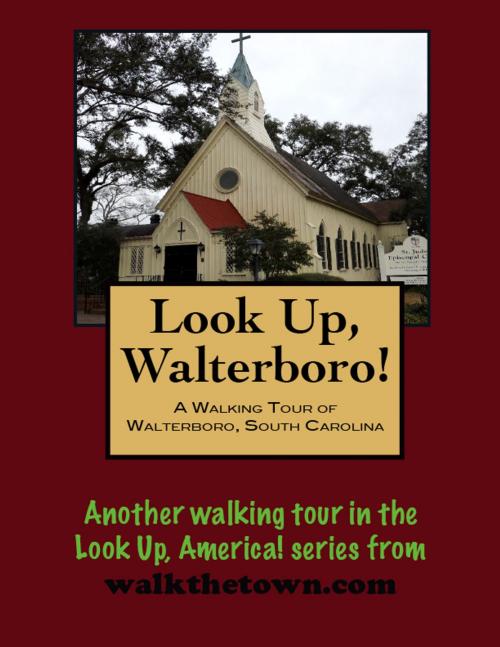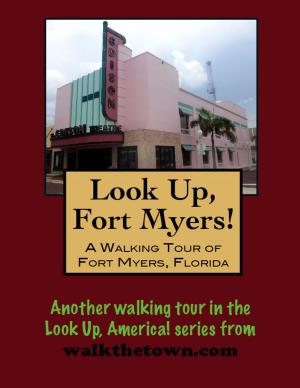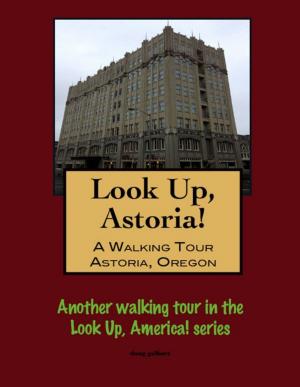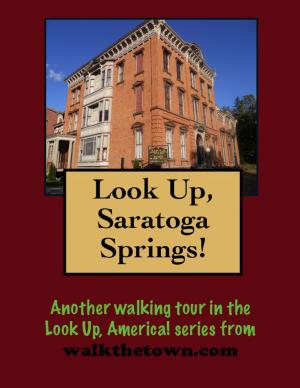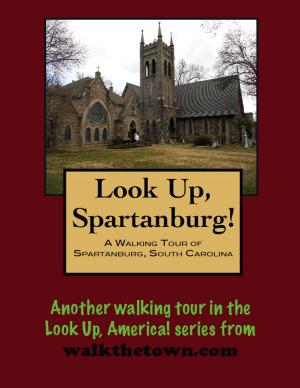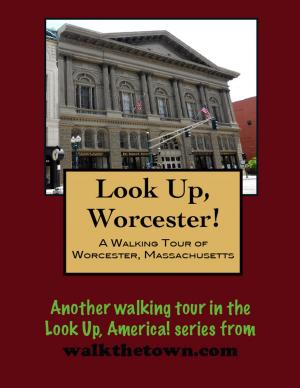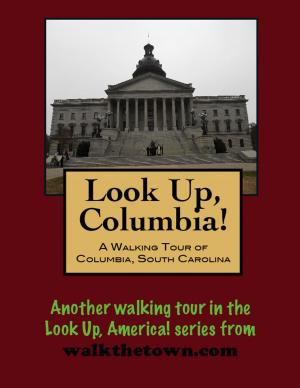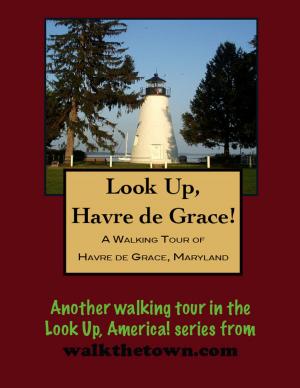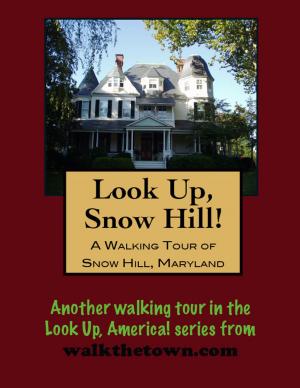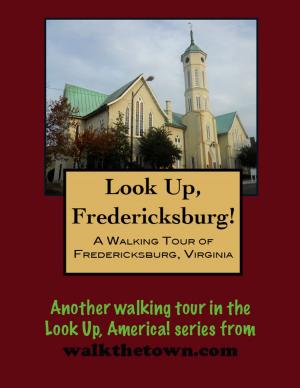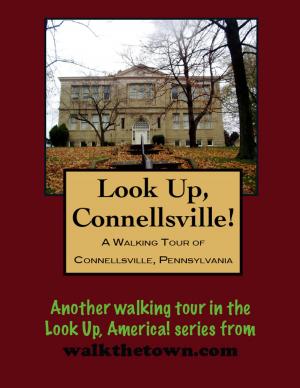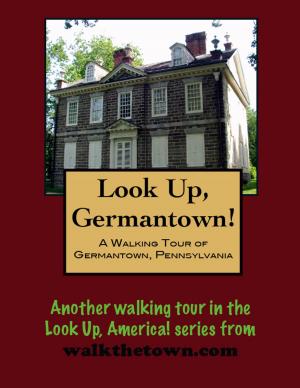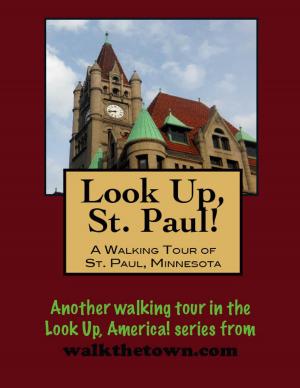| Author: | Doug Gelbert | ISBN: | 9781458053329 |
| Publisher: | Doug Gelbert | Publication: | March 5, 2011 |
| Imprint: | Smashwords Edition | Language: | English |
| Author: | Doug Gelbert |
| ISBN: | 9781458053329 |
| Publisher: | Doug Gelbert |
| Publication: | March 5, 2011 |
| Imprint: | Smashwords Edition |
| Language: | English |
There is no better way to see America than on foot. And there is no better way to appreciate what you are looking at than with a walking tour. This walking tour of Walterboro, South Carolina is ready to explore when you are. Each walking tour describes historical, architectural landmarks, cultural sites and ecclesiastic touchstones and provides step-by-step directions.
Every tour also includes a quick primer on identifying architectural styles seen on American streets.
During the summer of 1784, several owners of large rice plantations in what is now Colleton County, South Carolina, began searching for a location for summer homes to escape their malaria-ridden, lowcountry homes. This is where they settled. The original settlement was located on a hilly area, covered with pine and hickory trees and named “Hickory Valley.” This small summer retreat grew and in 1817, the town became the county seat and was officially incorporated in 1826. The story goes that two citizens, one named Walter and the other Smith, each insisted the town be named for him. They ended the dispute by a tree-felling contest in which Smith was the loser.
The town quickly spread out from the original Hickory Valley location, its population growth fueled successively by the establishment of a railroad line connecting the city with Columbia and Charleston in the 1880s, the establishment of an airfield in the 1930s and the north-south highways on the 1950s, making the town a prime overnight stop on the road to Florida or New York.
When bypasses took the highway around town, development stopped. The main street shopping district remains almost unchanged from the 1940s and the tree-lined streets through the residential areas are wide and sidewalk-less. The ambiance of days gone by has attracted movie location scouts and style magazines.
Our walking tour will wind through two historic districts and start in the center of town where the talents of South Carolina’s artists are on display and there is plenty of public parking...
There is no better way to see America than on foot. And there is no better way to appreciate what you are looking at than with a walking tour. This walking tour of Walterboro, South Carolina is ready to explore when you are. Each walking tour describes historical, architectural landmarks, cultural sites and ecclesiastic touchstones and provides step-by-step directions.
Every tour also includes a quick primer on identifying architectural styles seen on American streets.
During the summer of 1784, several owners of large rice plantations in what is now Colleton County, South Carolina, began searching for a location for summer homes to escape their malaria-ridden, lowcountry homes. This is where they settled. The original settlement was located on a hilly area, covered with pine and hickory trees and named “Hickory Valley.” This small summer retreat grew and in 1817, the town became the county seat and was officially incorporated in 1826. The story goes that two citizens, one named Walter and the other Smith, each insisted the town be named for him. They ended the dispute by a tree-felling contest in which Smith was the loser.
The town quickly spread out from the original Hickory Valley location, its population growth fueled successively by the establishment of a railroad line connecting the city with Columbia and Charleston in the 1880s, the establishment of an airfield in the 1930s and the north-south highways on the 1950s, making the town a prime overnight stop on the road to Florida or New York.
When bypasses took the highway around town, development stopped. The main street shopping district remains almost unchanged from the 1940s and the tree-lined streets through the residential areas are wide and sidewalk-less. The ambiance of days gone by has attracted movie location scouts and style magazines.
Our walking tour will wind through two historic districts and start in the center of town where the talents of South Carolina’s artists are on display and there is plenty of public parking...
